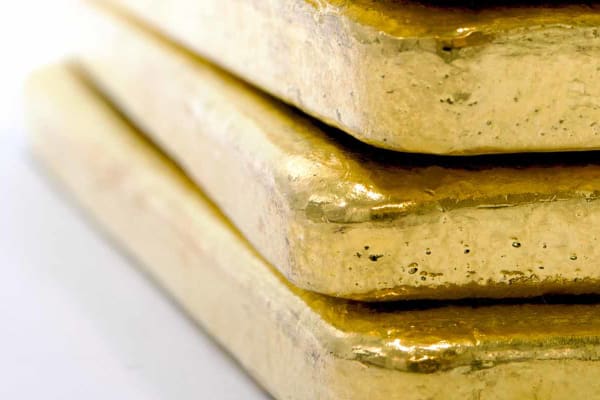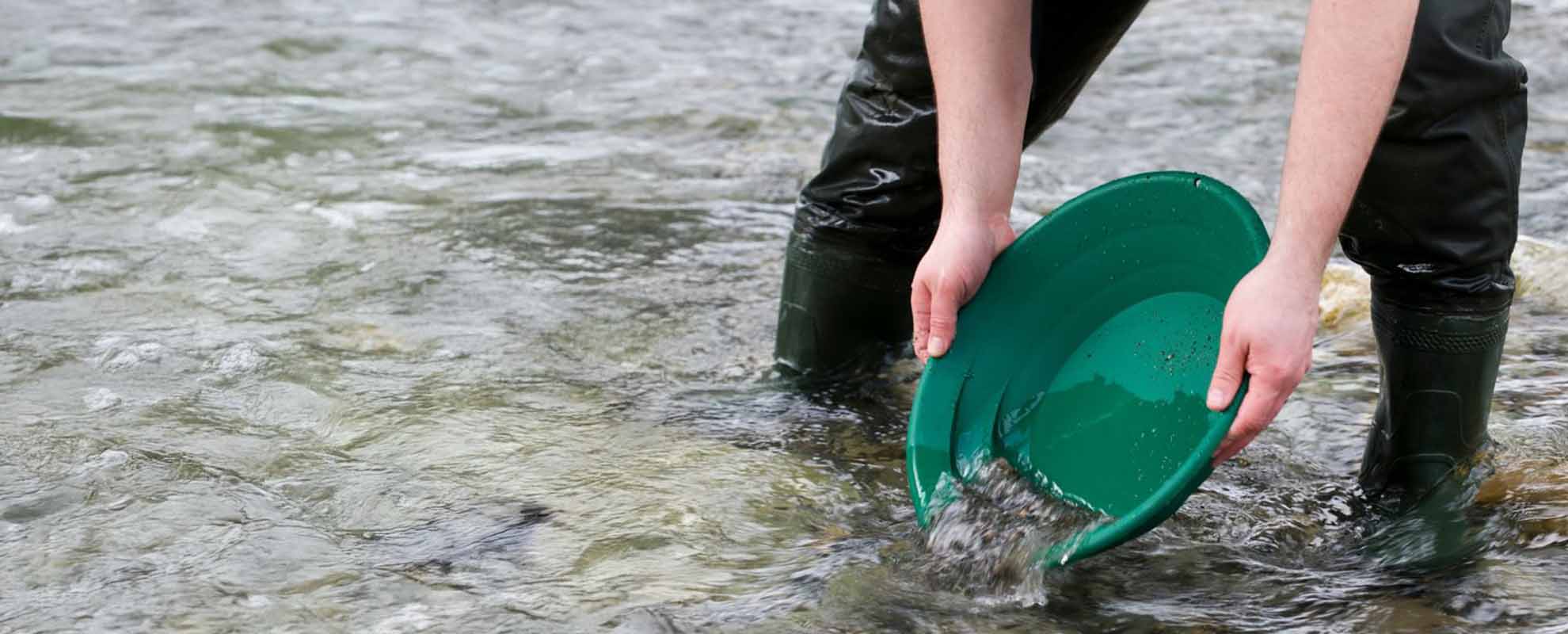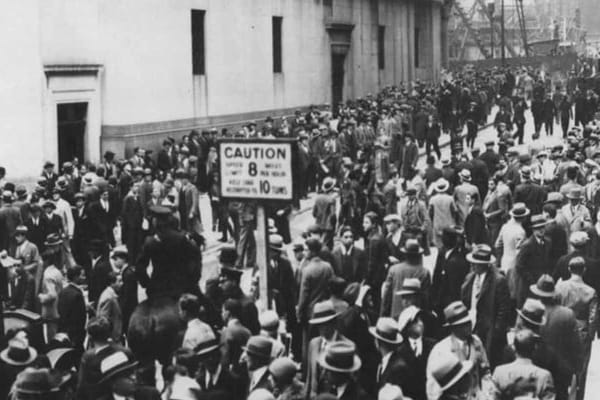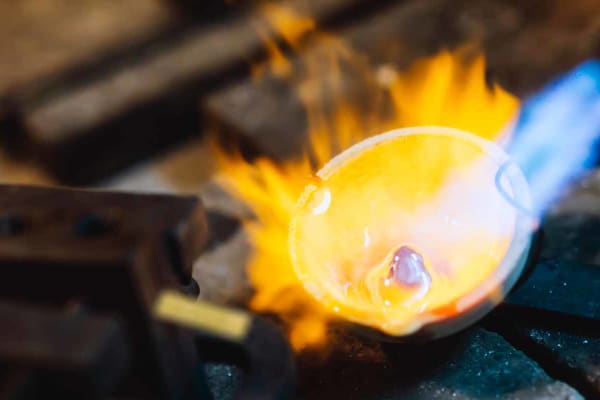
The Gold Standard
Read about the history of the gold standard, its advantages and disadvantages.

Cornwall's landscape has supported mining since the Bronze Age, and it was known across Europe for its tin resources, which were essential for bronze-making. The region became a centre for miners, producing tin and copper and shaping the local economy and culture.
While tin and copper mining dominated, there were occasional traces of gold in mines like Dolcoath and South Crofty. In Cornwall, gold was found in minute quantities, often a byproduct of other metal extractions.
The County sits on a unique geological foundation, characterised by granite which is rich in minerals. These granitic masses, formed during tectonic activity millions of years ago, are surrounded by rock formations that create the right environment for mineral deposits.
This formation created areas where small gold deposits were found alongside tin and copper veins, particularly in ancient mining regions around the Redruth and Camborne mining districts.
Important: If you're considering searching for gold in Cornwall, be aware that most land and mineral rights are privately owned. Recreational gold panning or metal detecting is not automatically permitted and must always be done with the explicit consent of the landowner. Additionally, the Crown retains ownership of all naturally occurring gold in the UK, and any significant finds must be reported under the Treasure Act 1996. Cornwall is also home to protected landscapes and Sites of Special Scientific Interest (SSSIs), where unauthorised mineral exploration is strictly prohibited.
Several geological surveys over the years (like those conducted by the British Geological Survey) have indicated that Cornwall holds only trace amounts of gold. These are often found in quartz veins or mineralised areas. These deposits, however, tend to be small and wide-spread, making them historically unprofitable to mine on a commercial scale.
The Industrial Revolution saw advancements in mining technology, leading to increased exploration. Notable findings were made, such as in the Dolcoath Mine, where gold was found in the late 19th century alongside copper and tin. These discoveries sparked brief excitement but were ultimately limited by the low concentration of gold.
With the boom in tin and copper mining, companies became interested in any valuable mineral, including gold. However, limited technology and high extraction costs made gold a secondary focus. The sparse finds in Cornwall were usually overshadowed by more profitable mining opportunities elsewhere in the UK.
Gold prices have fluctuated over the decades, often rising in times of economic instability. However, Cornwall's small deposits couldn't compete with the gold-rich areas of California, Australia, or South Africa, where deposits were more concentrated.
In recent years, Cornwall has seen renewed interest, with investors weighing the potential of small-scale mining or even "micro-mining" projects. Some companies have suggested extracting minerals in combination with sustainable tourism and heritage preservation, though the returns on gold alone remain marginal.
Modern technology, like geophysical surveys, remote sensing, and advanced drilling, has made it easier to locate and analyse gold deposits. Techniques like ground-penetrating radar, 3D geological mapping, and geochemical analysis allow geologists to detect gold traces more accurately than before.
Over the past decade, a few companies have explored reopening mines in Cornwall, with gold being one mineral of interest. South Crofty, a historical mine, has become a focal point, attracting attention from investors who hope to use new technologies to make mining viable and minimise environmental impact.
Many modern companies are looking to extract gold sustainably, using methods that minimise the environmental footprint. If successful, these smaller operations could revive Cornwall's mining industry on a modest scale without the large-scale disruptions of the past.
Mining shaped Cornwall's identity for centuries, creating a tight-knit community centred around mining life and the inherent dangers of the profession. Gold, though rare, has a cultural allure and is often associated with legends of wealth hidden within Cornwall's hills.
Even though tin and copper were the primary metals mined, the idea of finding gold has left an indelible mark on Cornwall's cultural imagination. Myths of hidden treasures and folklore about "fool's gold" (pyrite) in the mines highlight this fascination with gold, adding to Cornwall's mystique as a land rich in history and potential wealth.
Any resurgence in mining would need to align with Cornwall's commitment to environmental preservation. With Cornwall's designation as an Area of Outstanding Natural Beauty (AONB) and home to numerous protected sites, mining companies face stricter regulations to ensure that operations remain sustainable.
Given the low yields, some companies have explored the idea of branding "Cornish Gold" as a local speciality, potentially appealing to collectors and investors interested in ethically sourced, unique gold. This could make Cornwall's gold part of a sustainable industry focused on heritage and artisanal markets.
So, "Is there gold in Cornwall?" Yes, but its scarcity and low economic return have limited its commercial appeal. Despite this, Cornwall's gold remains an interesting topic and symbolises both the region's history and its potential future in sustainable mining. The story of Cornish gold reflects Cornwall's identity - a place shaped by its rugged landscape, rich mineral veins, and the hard work of generations.
If you're based in Cornwall and looking to sell unwanted gold items, you don't have to look far. At Gold Traders in Bodmin, we offer a professional, transparent service for anyone looking to sell gold locally. Whether it's an old piece of jewellery or scrap gold you'd like valued, our Bodmin office provides expert assessment and same-day payments. Visit our Bodmin page to learn more or call 01208 420331 to speak to a member of the team.
If Cornwall's elusive gold has piqued your curiosity, you might enjoy exploring some of our most popular guides and resources:

Read about the history of the gold standard, its advantages and disadvantages.

The stock market crash of 1929 was one of the most devastating events in American history, directly bringing about the Great Depression.

Gold has captured the imagination of people for centuries, not just for its beauty but also for its value. Whether you're a seasoned jeweller or just curious about the nuances of refining this precious metal, understanding how to purify gold is an interesting subject. The journey from raw ore to pure gold isn't just fascinating; it reveals careful techniques and skills that turn dreamers into artisans.